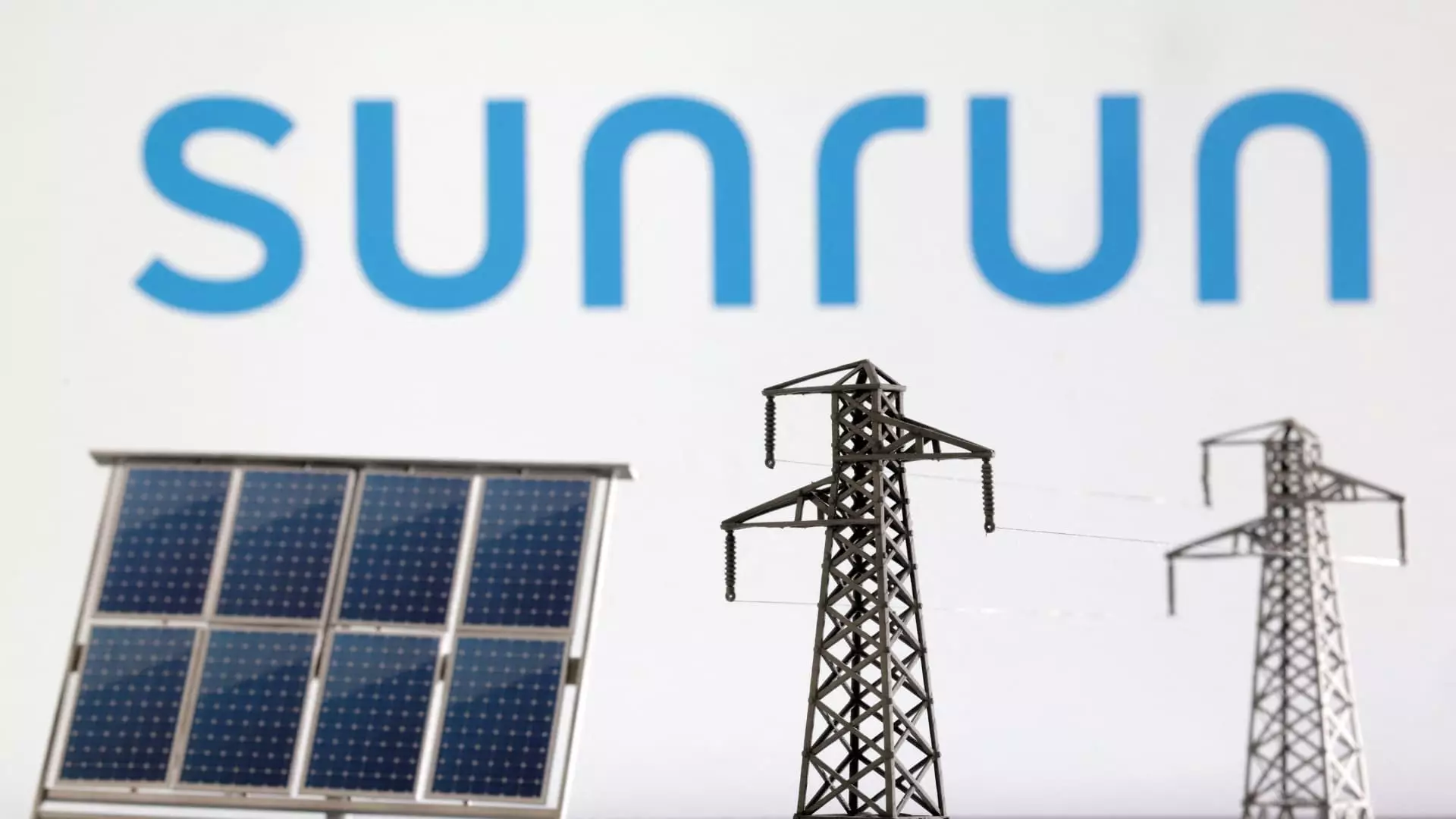The latest wave of market enthusiasm seems driven by a handful of corporate performances and strategic moves rather than genuine economic resilience. Companies like Meta and Target are experiencing price swings based on anticipated policy shifts or quarterly forecasts, yet this optimism often disregards underlying vulnerabilities. Meta’s continuous pivot toward artificial intelligence is noteworthy, but the repeated overhauls suggest internal instability rather than innovation excellence. Reliance on short-term AI frenzy inflates their valuation without addressing core profitability or long-term strategic clarity. Meanwhile, Target’s expected “relief rally” sounds more like a gambler’s hope than a sustainable growth story, highlighting the thin veneer of market confidence built on temporary catalysts.
Market Manipulation and Hype—A Double-Edged Sword
Investors are increasingly blinded by headlines claiming rapid gains—such as Duolingo’s 12% rise following a mere upgrade or Sunrun’s modest 4% uptick fueled by tax-based incentives. These are not authentic signals of business health but rather short-term market manipulations orchestrated by savvy firms exploiting investor sentiment. The surge in companies like GoodRx, soaring 36% based on strategic collaborations, underscores how health care and biotech companies are riding speculative waves rather than demonstrating real operational strength. Such hype distorts market realities, potentially leading to a bubble burst when reality finally catches up with these seemingly exuberant valuations.
The Illusion of Diversification in a Volatile Landscape
Many of the standout performers belong to sectors that are inherently volatile—solar energy, AI, and tech investments—while traditional sectors remain under pressure. Companies like Soho House, aiming to privatize in a multi-billion-dollar deal, illustrate a skewed market where speculative deals and private equity maneuvers dominate the narrative. Meanwhile, resource companies such as Antero Resources are experiencing declines based on macroeconomic fears of oversupply. This reflects a broader tendency to chase high-flying sectors at the expense of stability and realistic valuation. Genuine diversification, which cushions portfolios against sudden shocks, seems increasingly absent as investors tilt toward ephemeral trends rather than foundational strengths.
Promise of Policy and Regulatory Winds—A Dangerous Gambit
Encouraged by recent Treasury guidance and regulatory signals, solar and renewable companies like Sunrun and Nextracker are experiencing short-term upgrades. But this optimism rides on policy uncertainty rather than concrete fiscal or technological advancements. The assumption that government subsidies and tax incentives will automatically translate to profitability ignores the complex realities of market saturation and technological obsolescence. Relying heavily on regulatory “tailwinds” risks setting investors up for disappointment once policy priorities shift or new legislation slows growth. These sectors are increasingly vulnerable to political whims, making the current optimism misplaced in the long run.
The True Cost of Short-Termism in Investment Strategies
The hype-driven environment in today’s markets encourages a focus on quick gains rather than sustainable business models. For example, companies like Dayforce are acquiring attention simply because there are rumors of buyouts, not because they have proven organic growth or innovation. This short-term mindset not only misguides individual investors but also hampers the broader economy’s capacity to develop resilient, productive enterprises. When the buzz of the moment fades, many companies—including those in healthcare and digital services—may struggle to maintain valuations built more on hype than fundamentals.
Final Reflection: A Cautionary Outlook
Reality-checking the current market frenzy reveals significant systemic risks that aren’t being given enough attention. The comfort derived from rising stock prices and strategic deals conceals much deeper issues—overvaluation, regulatory dependence, speculative behavior, and sector imbalances—that threaten to destabilize the economy if left unaddressed. As investors, policymakers, and corporate leaders, there’s a pressing need to prioritize sustainable growth and avoid succumbing to superficial optimism that may ultimately prove costly. The current climate resembles a house of cards, fragile and poised for collapse if fundamental flaws are ignored. It’s a stark reminder that in markets driven by optimism and hype, caution and critical analysis are more valuable than ever.

